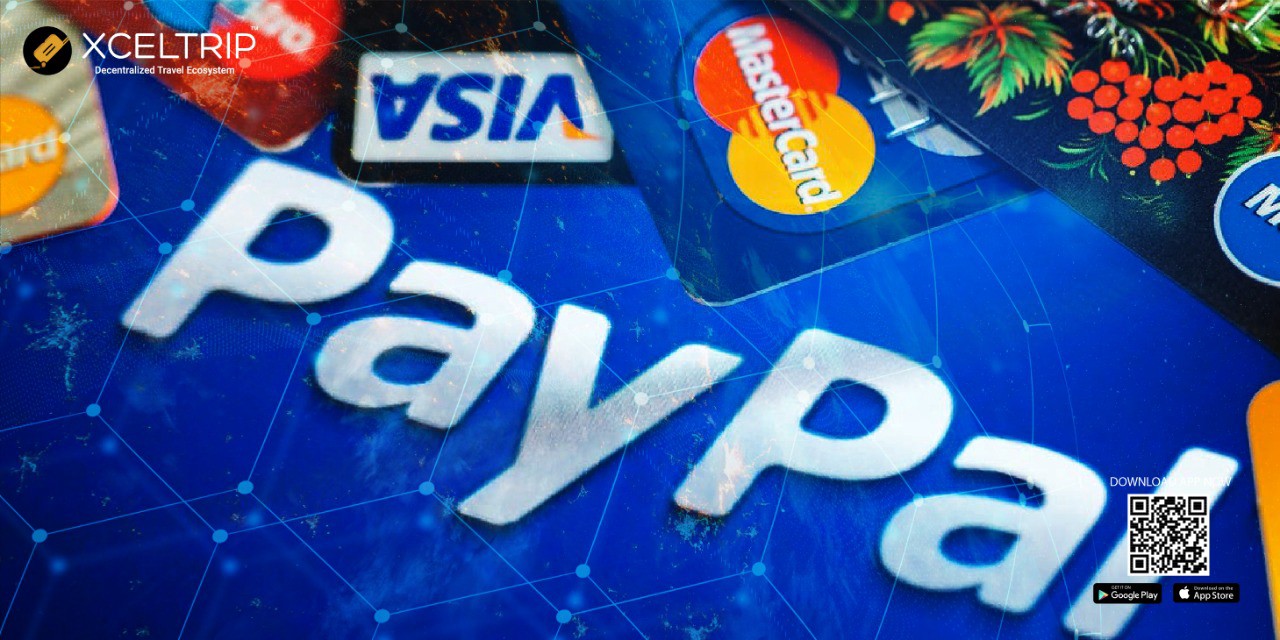Dusting Attacks - A Guide
A dusting attack essentially refers to a new kind of malicious activity where scammers try to or break the privacy of Bitcoin or other cryptocurrency users by sending them minute amounts of coins to their personal wallets. Many bitcoin adepts work under the presumption that their anonymity is well protected against all the efforts to infiltrate their transactions, but surely, that’s not the case.

What’s a Dust?
In the sphere of cryptocurrencies, the term dust refers to a very untraceably small quantity of token for example- a couple hundreds of Satoshis (Satoshis are said to be one millionth of a Bitcoin) could be considered dust for Bitcoin holders.
Most crypto holders don’t take notice of their wallet’s dust and rarely worry about its origin. With the origin of dust attacks, people can no longer ignore these dusts that land up in their wallets.
Dusting Attack
Scammers lately understood that Bitcoin users do not pay much attention to these minute amounts showing up in their wallets, so they began "dusting" a large number of addresses by sending a few satoshis to them. They then started to track those funds and all transactions of those dusted wallets, which permitted them to link addresses and to ultimately determine the companies or persons behind those wallet addresses. This information can later be used to construct targeted phishing attacks or attacks such as cyber-extortion on unmindful victims.
Dusting attacks were initially performed with Bitcoin but they are also happening with other cryptocurrencies that are running on top of a public and transparent blockchain.
In late October 2018, developers of the Bitcoin's Samourai wallet publicized that some of their users were under dusting attack. The company sent out a tweet cautioning their users and elucidation how they could protect themselves. In order to protect their users against dusting attacks, the wallet now offers a real-time alert for dust tracking as well as a “Do Not Spend” feature that enables the users to mark those suspicious funds and avoid using them in future transactions.
If a dust fund is not moved, attackers are not able to make the connections they need to "de-anonymize" the users of that wallet or the address owner. Samourai wallet already has the ability to automatically report transactions below the limit of 546 satoshis, which offers some level of protection. This limit is mechanically adjusted by the software based on current market conditions.
Make sure that you use a wallet that allows you to keep your cryptocurrencies safe from these dusting attacks. Choose XcelPay or Samourai, these wallets allow for complete control over funds and ensure safety for all their users.
Tags:
Login to your account.




